This is the latest data from Vietnam Customs. Accordingly, 2023 is the year with the lowest export output in 7 years.
The average export price of tea last year reached $1,737 per ton, up more than 7% compared to 2022, but this price is only 67% of the average export price of tea in the world. The average global export price of tea in 2023 reached $2,600 per ton.
According to the Department of Agricultural Product Processing Quality and Market Development (Ministry of Agriculture and Rural Development), the reason for the sharp decline in Vietnam's tea exports is weak global demand and increasingly strict import regulations in major markets. In addition, most of Vietnam's exported tea is in raw form with low processing content.
Tea exports to major markets such as Pakistan, Taiwan and Russia are expected to decline in 2023. Pakistan’s foreign currency shortage has left many importers unable to obtain foreign currency to pay exporters.
In addition, the demand for tea consumption in the world has changed, shifting from regular tea products to deep-processed and specialty tea products. This makes it difficult for Vietnamese products to invest in deep processing and research new products.
Currently, green tea products still account for 94% of Vietnam's total tea export volume. This is the lowest grade tea product, mainly using traditional roasting and drying methods, without going through deep processing. Meanwhile, high-grade tea products such as black tea, scented tea, oolong tea... account for only 6% of the total tea export volume.
According to the Ministry of Agriculture and Rural Development, the country has 120,000 hectares of tea growing area, 257 industrial-scale tea processing enterprises, with a total designed capacity of 5,200 tons of fresh buds per day. Some enterprises have invested in modern processing technology lines, but the amount of investment is not much.
Currently, tea production by households accounts for nearly 65% of the area, with a scale of about 0.2 hectares per household; the situation of collecting raw materials through many levels increases the price of input materials, prolongs the preservation time, reduces the quality of raw materials, and increases investment costs.
To boost exports to major markets around the world, the Vietnamese tea industry must promote safe tea production; encourage tea production enterprises to apply high technology, focusing on rapidly increasing the proportion of high-value products and new products.
Enterprises also need to invest in deep processing of products such as oolong tea, fermented tea, black tea, white tea, tea scented with flowers... Localities need to promote safe tea production; encourage people to produce tea using high technology, biology, and organic agriculture; support production linkages with product processing and consumption.
According to VnExpressSource





![[UPDATE] April 30th parade rehearsal on Le Duan street in front of Independence Palace](https://vstatic.vietnam.vn/vietnam/resource/IMAGE/2025/4/18/8f2604c6bc5648d4b918bd6867d08396)
![[Photo] Prime Minister Pham Minh Chinh receives Mr. Jefferey Perlman, CEO of Warburg Pincus Group (USA)](https://vstatic.vietnam.vn/vietnam/resource/IMAGE/2025/4/18/c37781eeb50342f09d8fe6841db2426c)

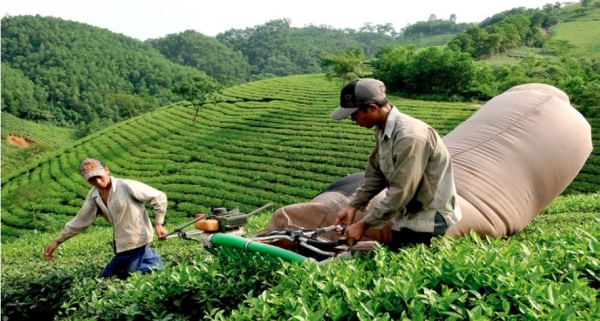


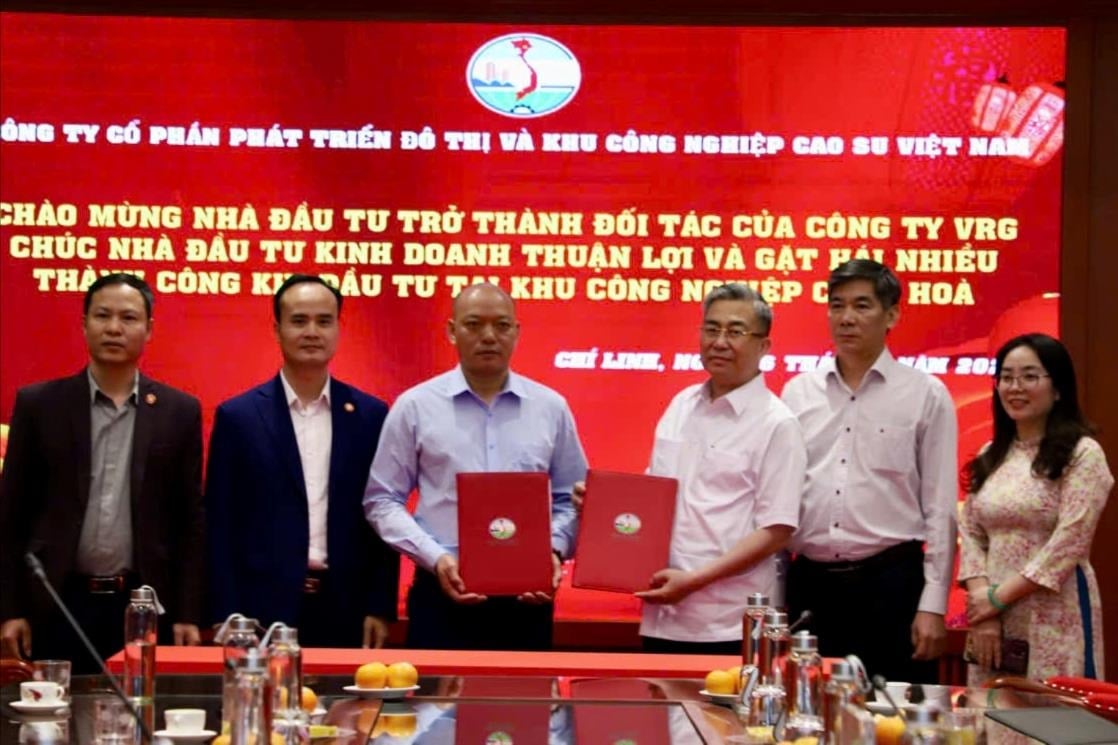
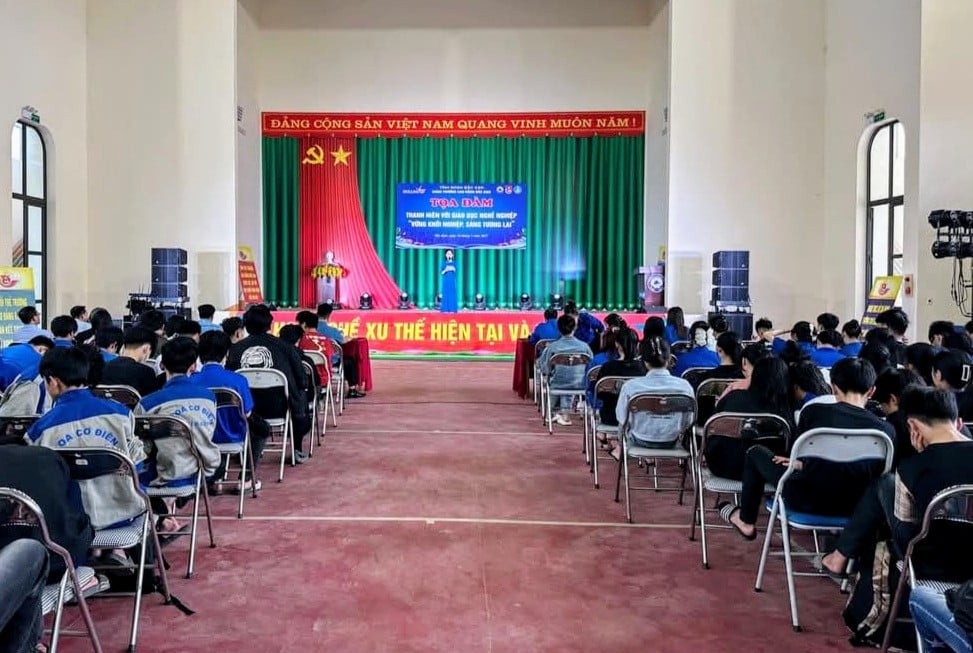


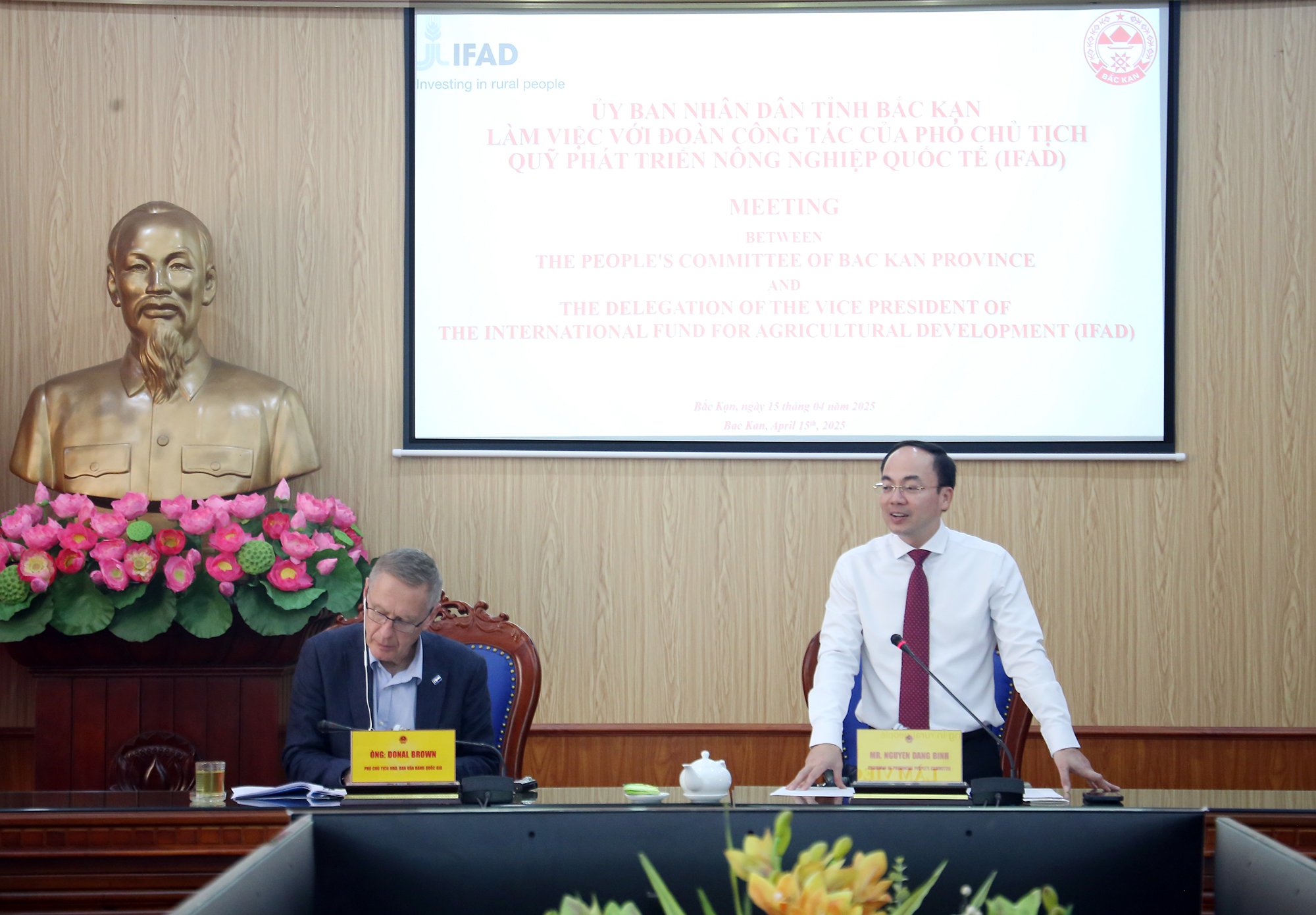





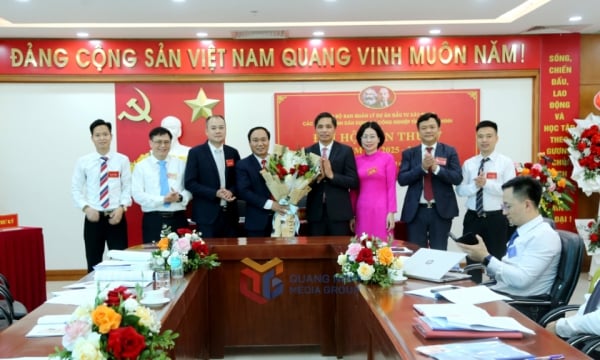
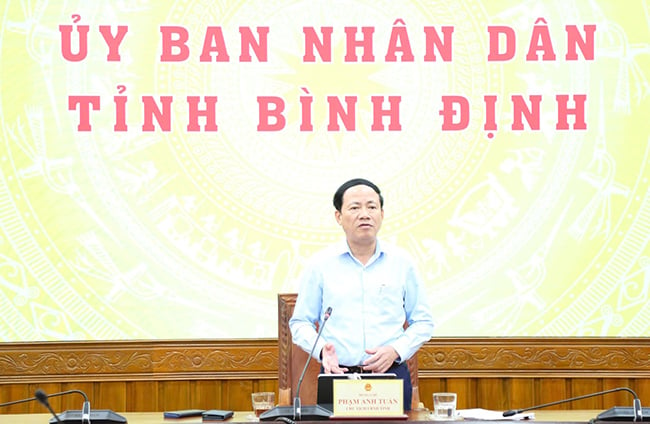

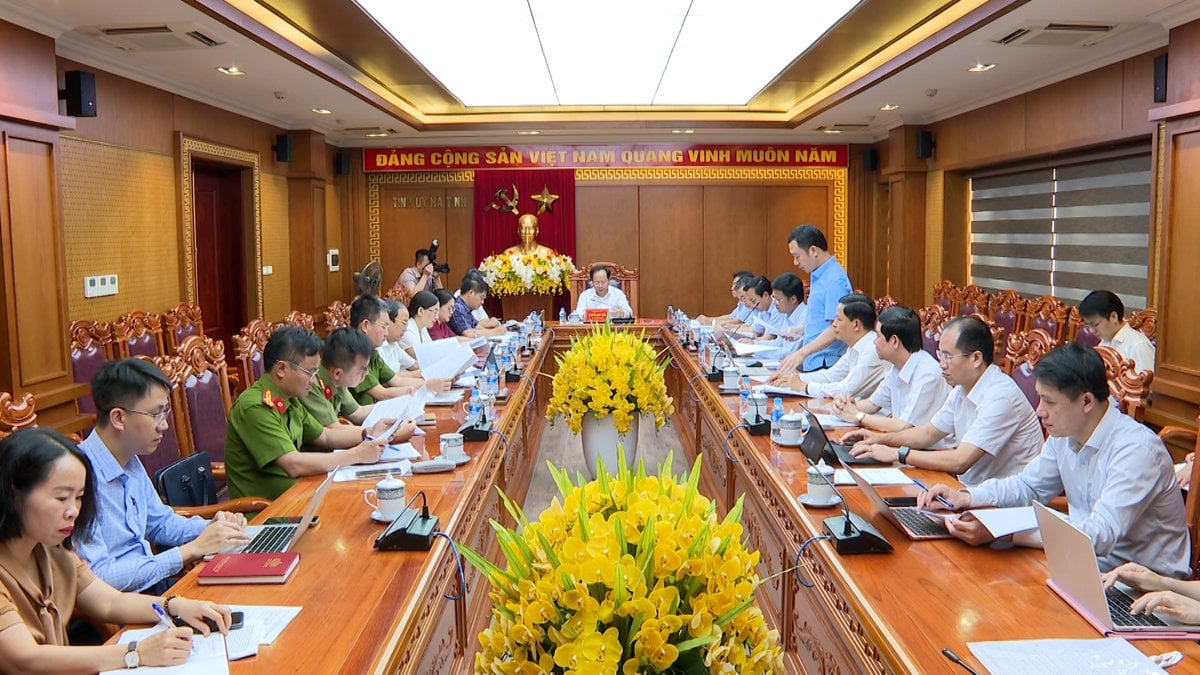
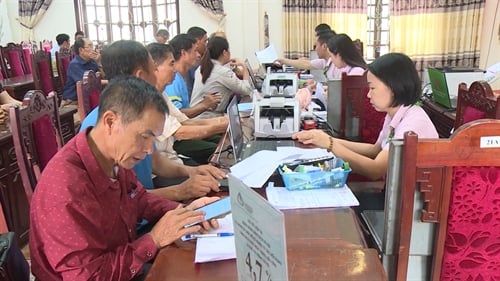





























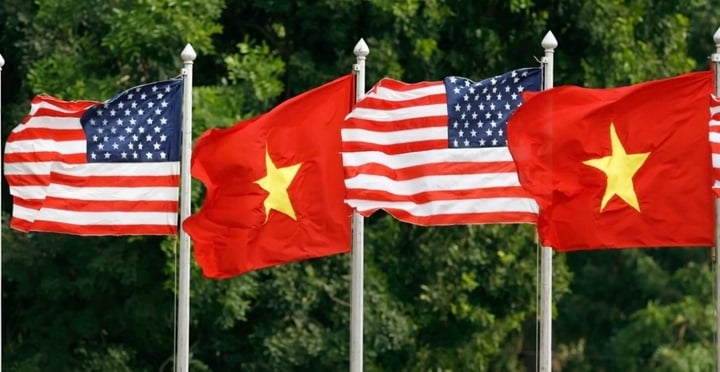


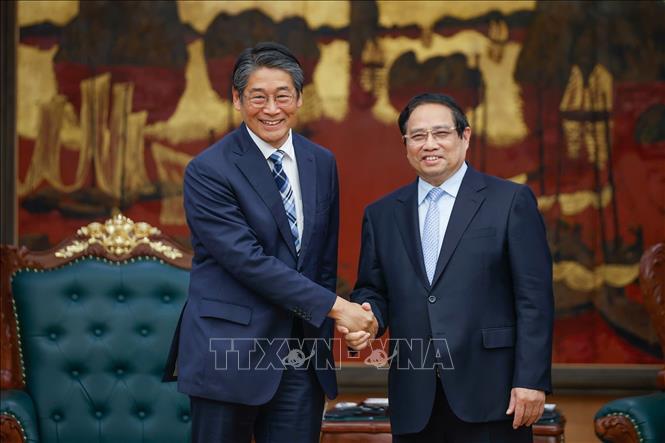



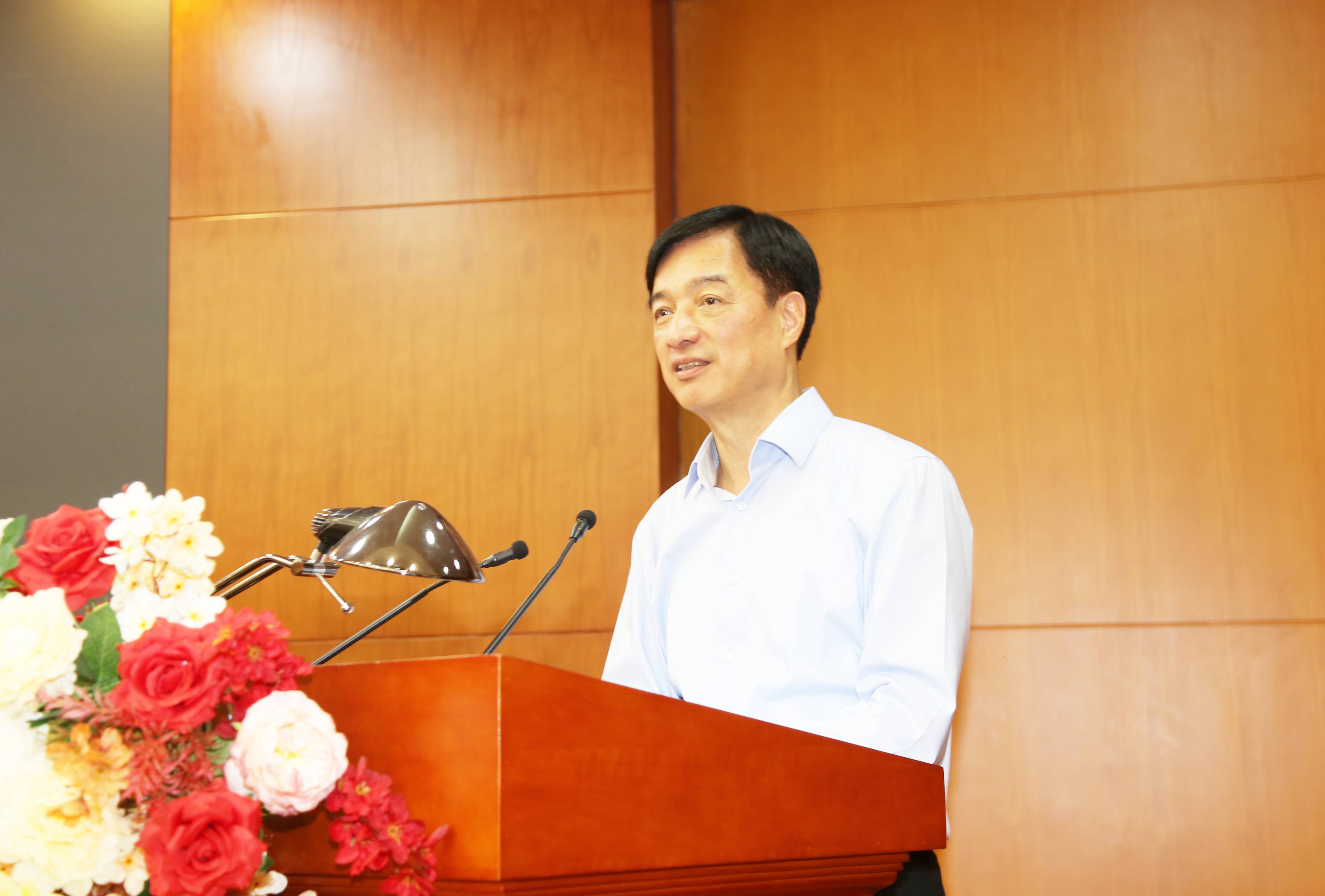





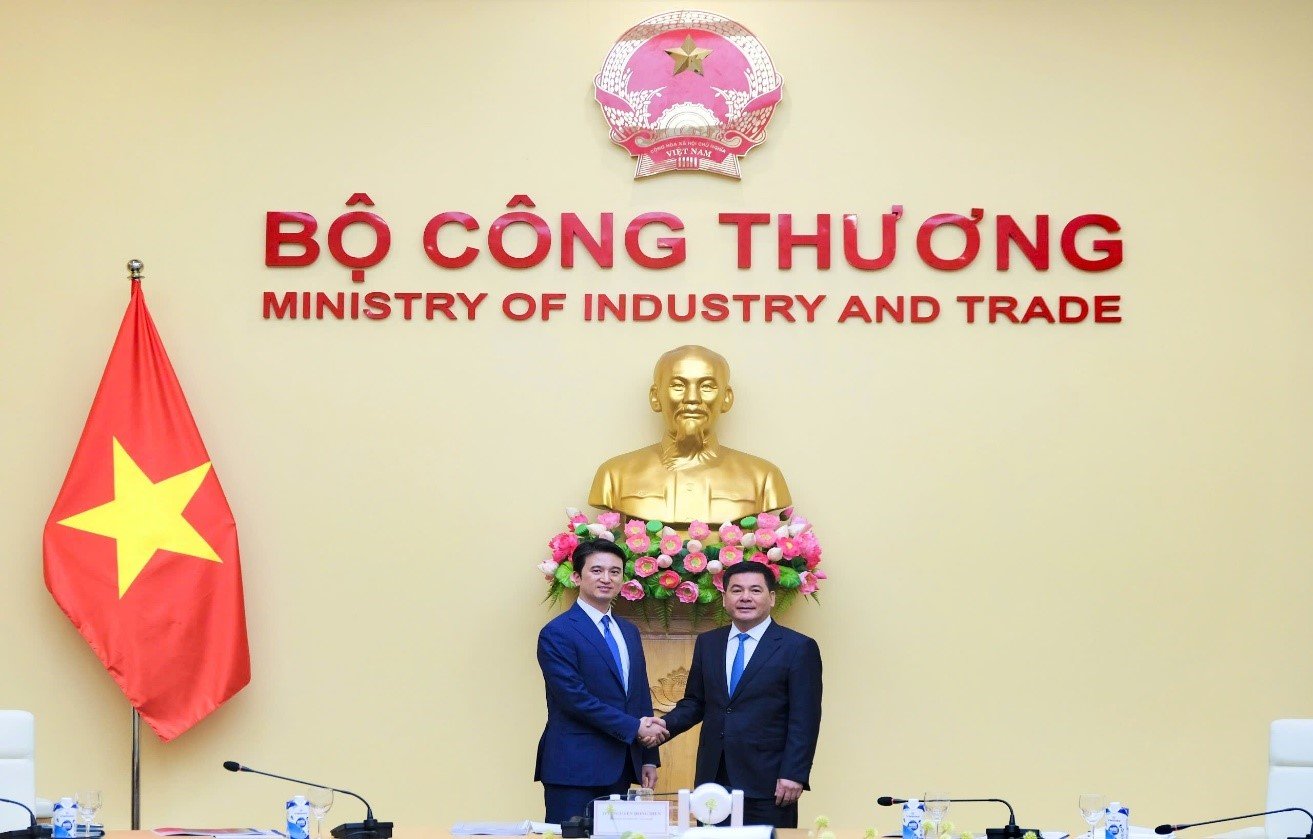

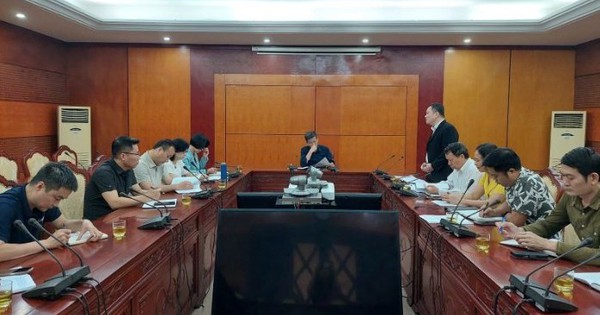



















Comment (0)